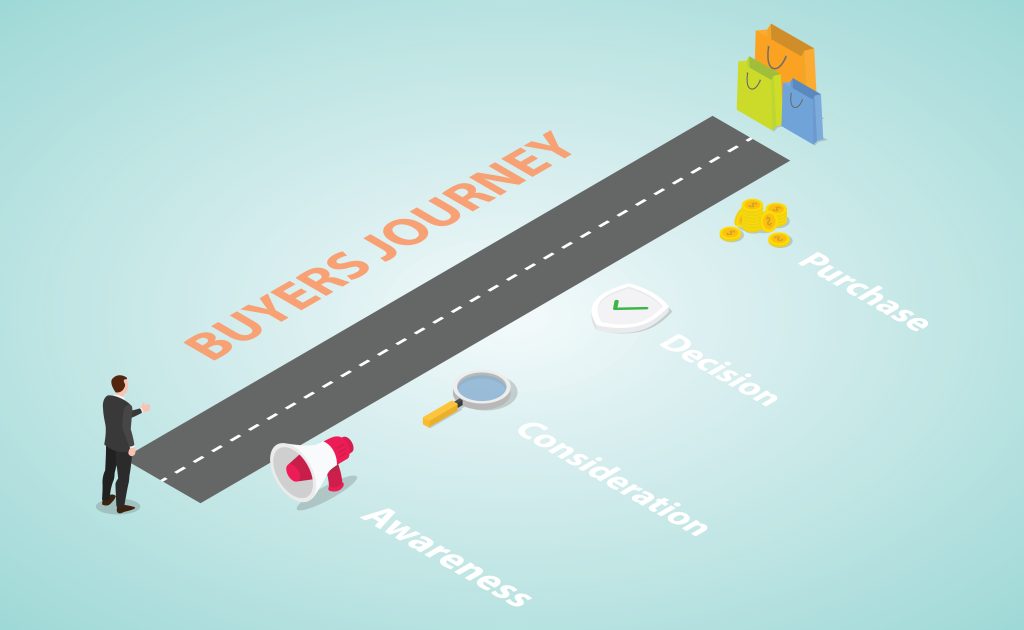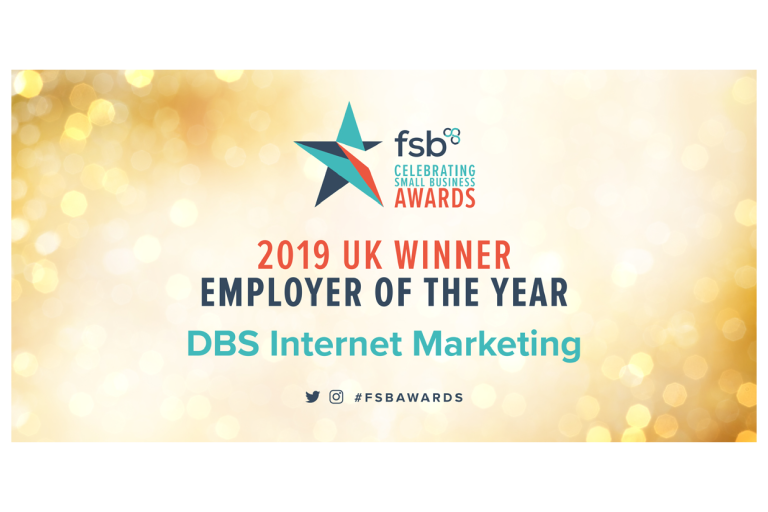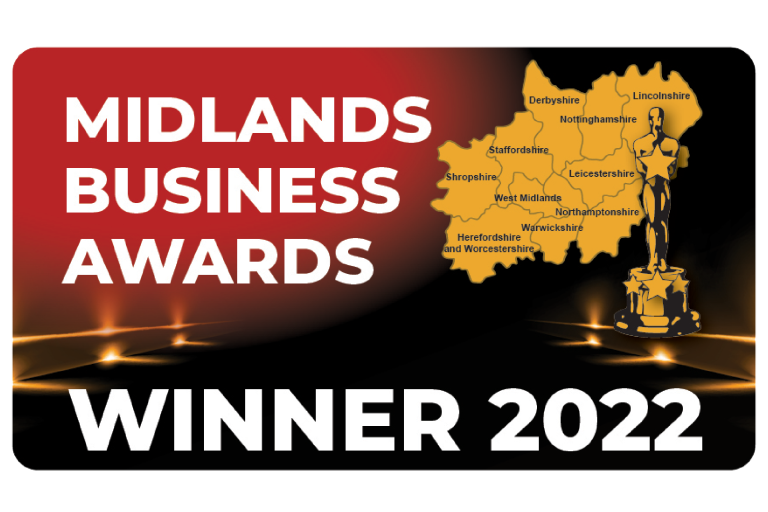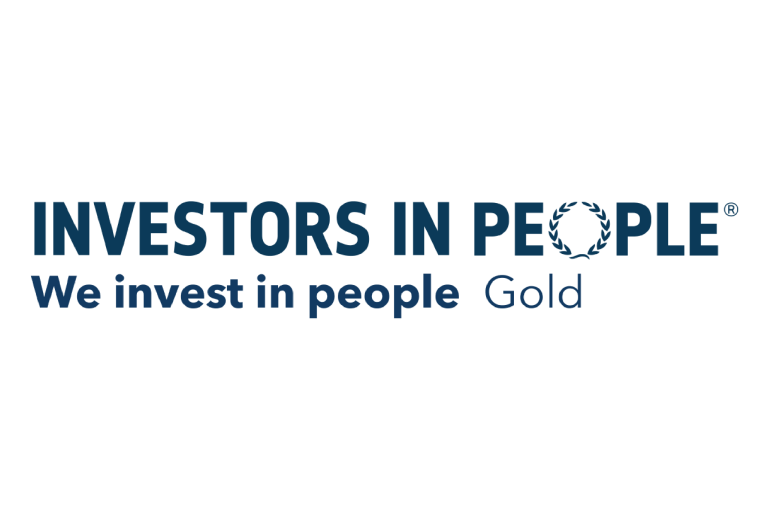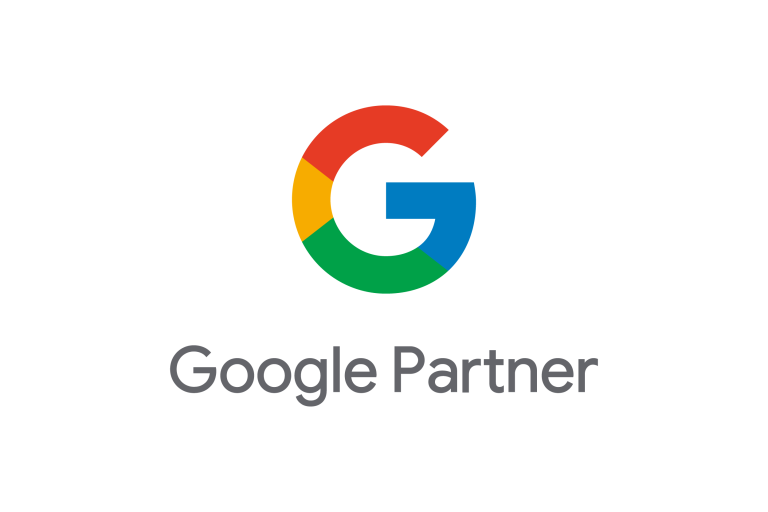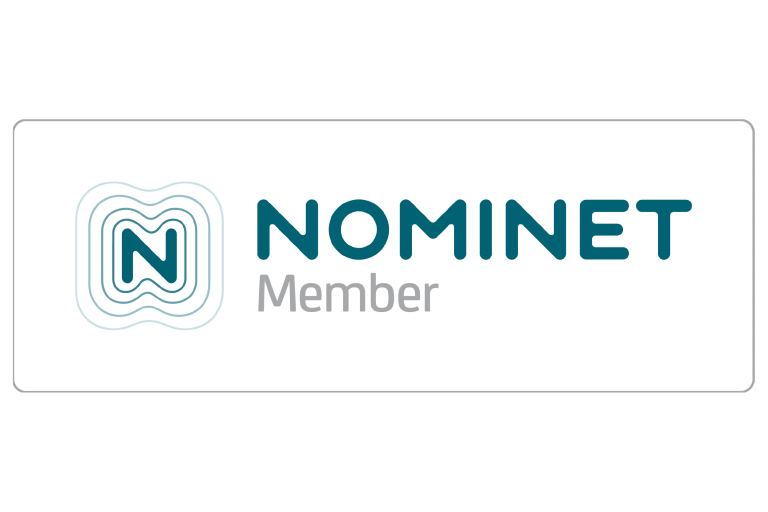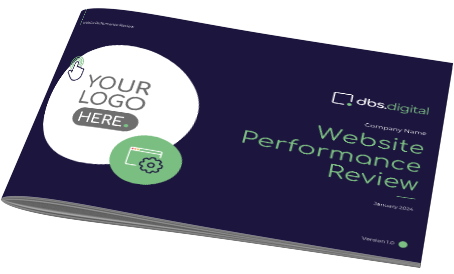It is understandable to think that a user journey, buyer journey, or customer journey are all interchangeable in the world of user experience and digital marketing. However, they are not the same thing but can all help to plan your website, implement digital marketing effectively, and successfully convert more leads. This article discusses the difference between the user, buyer, and customer journeys.
User Journey
Let’s start with the user journey. This term, also commonly referred to as User Experience (UX) encompasses anything the person experiences when interacting with something digital such as software, an app, or a website. To start forming a customer journey, you can create a user journey map that explores the different routes a user will explore a website and how this route will change depending on the actions the user takes.
The aim of UX designers and UX researchers is to ensure the journey is as smooth as possible. If there is a specific action you want the user to take (such as successfully checking out with a product, filling in a form, downloading an ebook, or calling your business) then you need to ensure that their journey makes sense, that there is nothing to confuse them or annoy them, that everything works correctly on your website and all the information the user needs is easy to access. Whilst you cannot control the behaviour of the user online, you can design the website or app to guide people in the right direction.
Buyer Journey
The buyer journey refers to the person / potential customer themselves. When someone decides to purchase something, whether it be a tangible item or service, they will go through a series of steps. Awareness, Consideration, and Decision. All purchasing decisions go through this process to some degree but the time it takes for them to go through the steps will vary significantly.
For example, if you are in your local shop and thirsty you will head over to the fridge (awareness that you are in need of a drink), look at the options available for a couple of minutes (consideration), and then pick what you want to buy (decision).
However, if you are purchasing a new car this process will be significantly more in-depth as it is a larger investment. Normally for these large ticket items, the awareness stage will be slightly longer unless your current car is broken and you desperately need an alternative. The consideration stage tends to be the longest stage as people use this time to do their own research. Which cars are within my budget? What features do they have? How economical are they? Where is the best place to buy? Etc. Then when the person thinks they have considered all their options, they make the decision.
This buyer journey is vital for web designers and digital marketers to know as at any one time, there will be existing and potential customers at different stages of this journey, and this will impact how you market to them.
Awareness Stage
If someone is in the awareness stage, they have noticed that there is a pain point that they want to solve. For example; they are thirsty, they are in need of a new car or they are not sure how to get more traffic to their website. They want to take action so they start to do their research. Marketers will target their adverts to these people before and during this stage to keep their brand at the top of their minds. Paid advertising on social media works well at this stage for brand awareness.
Consideration Stage
During the consideration stage, the person has figured out what their options are and are starting to evaluate the pros and cons to come to a conclusion. At this stage, marketers should be establishing several touchpoints depending on the length of the buyer journey. Remarketing, email marketing, content marketing, paid advertising and social media are all great channels for this. People will be more likely to read resource centre articles, sign up to newsletters, and download ebooks or whitepapers. Ensure that your user journey/user experience has been thought through to ensure the potential customer finds the information they are searching for during their research.
Decision Stage
At the decision stage, they have decided on their top choice. After reading reviews and undertaking research they will more than likely want to compare prices so don’t be secretive about what you charge for your goods and services. Depending on the product they may want to try it before they buy. Have a free demo, free samples, or a free consultation to help facilitate this need and help them back their decision.
Customer Journey
Finally, we have the customer journey. This is also known as the customer lifecycle and determines the stage that the customer is in for the business. For example, are they currently a lead or are they a returning customer?
There are 5 main categories:
Lead– someone in your database because they have signed up for a newsletter or filled out a form. They are not a customer yet but they have agreed to be contacted by the business
Marketing Qualified Lead (MQL)- These leads have been contacted by the business and have responded to the marketing. This could be a newsletter for example
Sales Qualified Lead (SQL)- the lead has been in touch with the sales team, for example, if they have signed up for a free consultation
Opportunity– If the sales team has contacted the lead and determined they are likely to want to use their service as they have opted for a free consultation and engaged with what was discussed
Customer– The person has been back in touch with the company and opted to work with them. They have officially moved from being a lead to a customer.
Similar to the buyer journey, the people at different stages of the customer journey need to be treated differently. For example, if they are just a lead, send them marketing material that is not too much of a hard sell. Opt for providing them will valuable information rather than feeling like you are pushing your services onto them. Treat the customer journey like a sales funnel. The further they go down the funnel (through the different stages), they will require more attention as they engage more with the company and their interest in using their services increases.
It is important to note that whilst there are 5 main steps, the process does not end once a lead becomes a customer. If you continue to work for them and provide a great service, you may be able to upsell to them or they can go one step further and become a brand advocate, helping you get more leads in the future.
Knowing the crucial differences between these 3 concepts can truly help take your digital marketing strategy to the next level. They are all important to make your digital marketing efforts as productive as possible.
